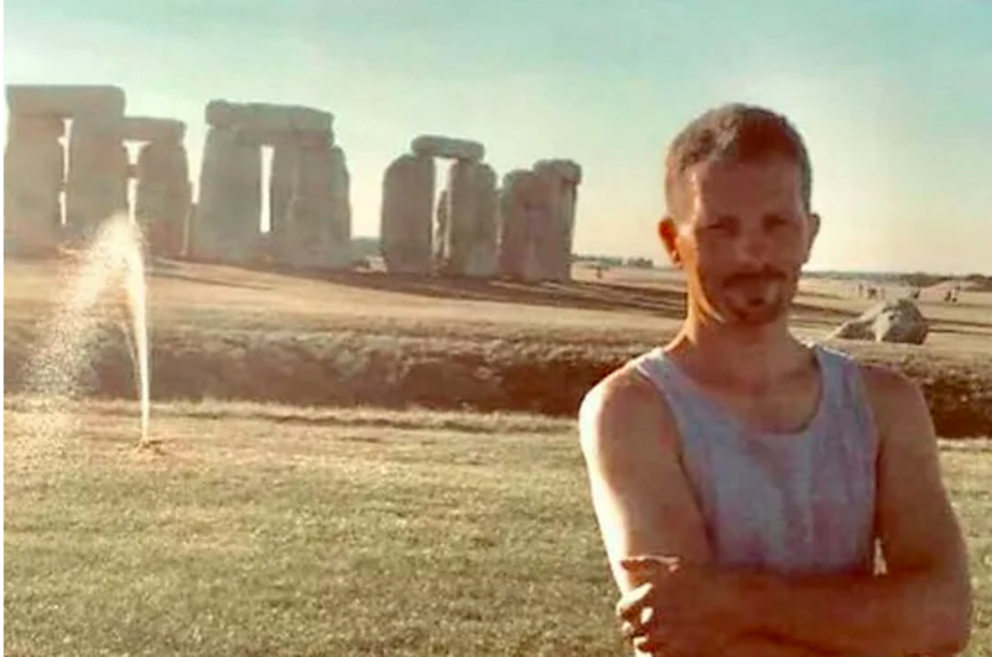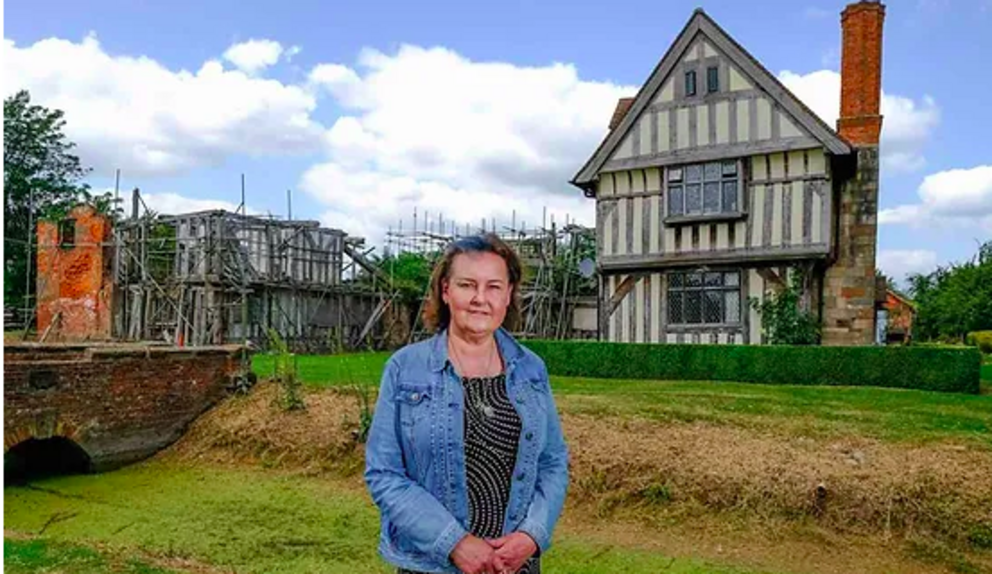Ark of Covenant and Holy Grail may be located under an English manor
A respected historian believes lost treasure which could include the Ark of the Covenant and Holy Grail may be lying underneath a manor house near Burton.
David Adkins, an anthropologist and historian who made headlines when he tracked down a 10,000-year-old skull known as “Greta”, believes the lost treasure of the Knights Templar could be concealed in a labyrinth of tunnels and chambers underneath Sinai Park House.
The imposing landmark in Burton may be lying on caverns vast enough to contain Westminster Abbey, according to one geologist.
David is now keen to try and locate the treasures plundered by the Knights Templar during the crusades – which could potentially include the golden Ark of the Covenant, which housed the 10 commandments, and even the Holy Grail.
The 50-year-old has conducted research which uncovered links between the Midlands property and the Knights Templar, who were a group of elite fighters founded in 1119.
He said: “Sinai House is probably the most important house in England. It is an awe-inspiring building perched high on a hill overlooking the town.
“A timber framed structure, crumbling and at risk, it hides secrets of international importance - and probably conceals the truth behind the Holy Grail itself.”
If David's theory is correct, he and Sinai House's current owner Kate Murphy could be about to solve a mystery that has lasted almost 1,000 years.

Historian David Adkins believes the Knights Templar hid treasure in Burton. (CREDIT: David Adkins)
“There is a strong argument for the famous Templar hoard being buried somewhere under the house,” said David.
“This theory has never been considered before and no one has ever carried out geophysical studies under the house.”
Researchers attempted to explore a secret passageway at Sinai House in the 1800s, but were forced back by fumes and the cellar's stone archway has remained bricked up since.

The opening was sealed with bricks – (CREDIT: SWNS)
Sinai House acted as a lair for the Knights Templar, whose founder Hughes de Payens has family ties to the surrounding Burton Abbey Estate,
Payen was transformed in literature to Pagnel and then, in some texts, to Paget and in 1539 William Paget went to great lengths to secure the Burton Abbey estate – only to then demolish the abbey.
“The answer to both questions lies of course with the Templar treasure,” said David.
“Firstly, if Paget was indeed a descendant, he was only around six generations removed from Hughes de Payens. As such, it is highly likely that tales and family myths about the lost treasure being on the Burton Abbey estate had been passed down within his family.
"Whatever compelled him it was strong enough for him to firstly acquire the Burton lands then take down the buildings brick by brick. They were looking for something.

Sinai Park House on its commanding hilltop site in Burton upon Trent - (CREDIT: Archant)
“The first major clue which points to the house as the final resting place of the Templar treasure is, in hindsight, blatantly obvious and almost shouts at us from the pages of history.
“For shortly after the Templars left Jerusalem the Abbey took personal charge of Sinai House. The question is why they needed it then, they had never wanted it during the previous 700 years, so why at that particular point in history did they suddenly need the house?
“This is where the unique strategic and geographical location of the house becomes both significant and important. Sinai House sits on a labyrinth of natural tunnels and caves. A geologist once told me that there were caverns as big as Westminster Abbey beneath the house.

Sinai House and owner Kate Murphy. (CREDIT: Kate Murphy)
“The escarpment on which it stands is the southernmost point created by the retreating glacier from the last Ice Age and natural erosion helped create its unique geology.
“As such the natural caves and chambers would have naturally drawn the Templars wanting to conceal their valuable hoard. In fact, there was no better place in England for this purpose and as the Templars were natural tunnel builders, they would have found it easy to adapt the tunnels to their needs.”
David also believes that Burton's central location would have appealed to the Knights Templar as a way to keep possible invaders away from their treasure.
He added: “Back in 1307 powerful people and foreign governments were understandably keen to acquire the hoard and any site near the coast would have been considered far too vulnerable.
“Sinai House in the heart of England did not pose this problem – the Templars knew that an invading force from abroad could never reach the heart of England.
“So being as far from the coast as you could get and in the possession of one of the most powerful abbeys in England, the Templars choice of Sinai House was based on both practicalities and logic.
“In addition, three sides of the house were bounded by the ancient Needwood Forest – a dark and feared place in its own right – and the steep descent to the River Trent flanked the other. It was also largely off the political radar of the day.
“Added to this physical obscurity was the fact that the abbots of Burton Abbey were notoriously non-conformist and had little allegiance to the Pope or Rome.
“This during the Templar persecution was another critical factor that drew the Templars here as they knew they would be safe at Burton Abbey.
“The Abbots of Burton were probably one of the few religious communities they could trust.

